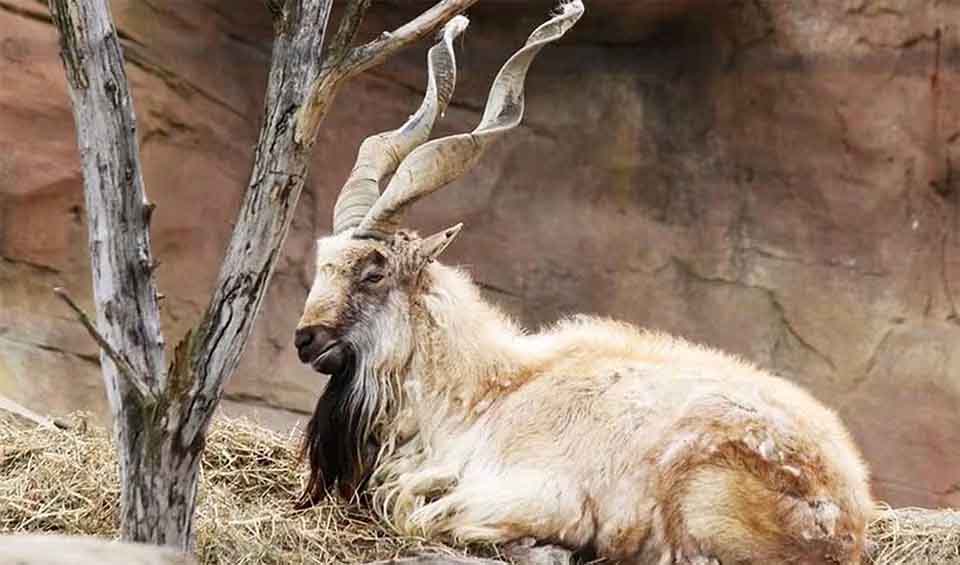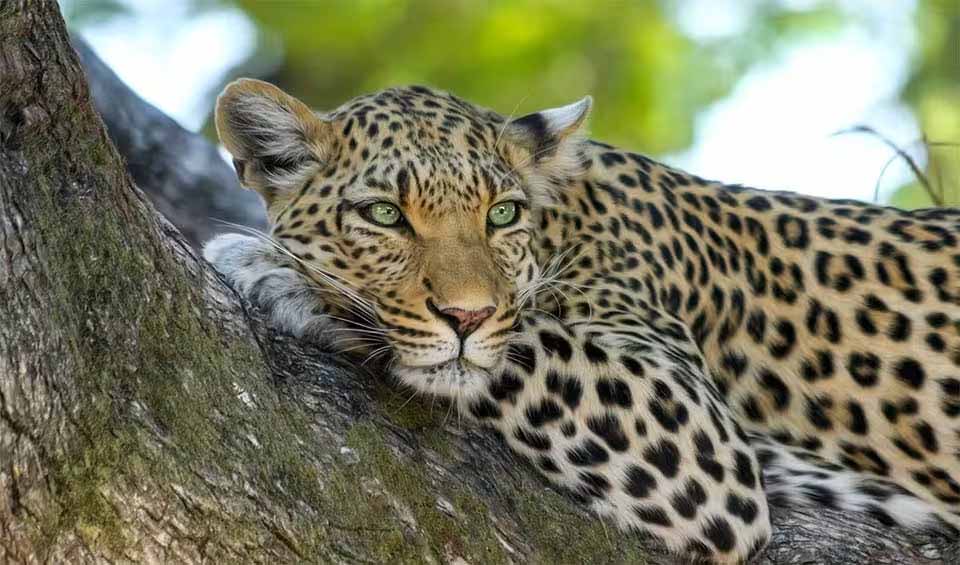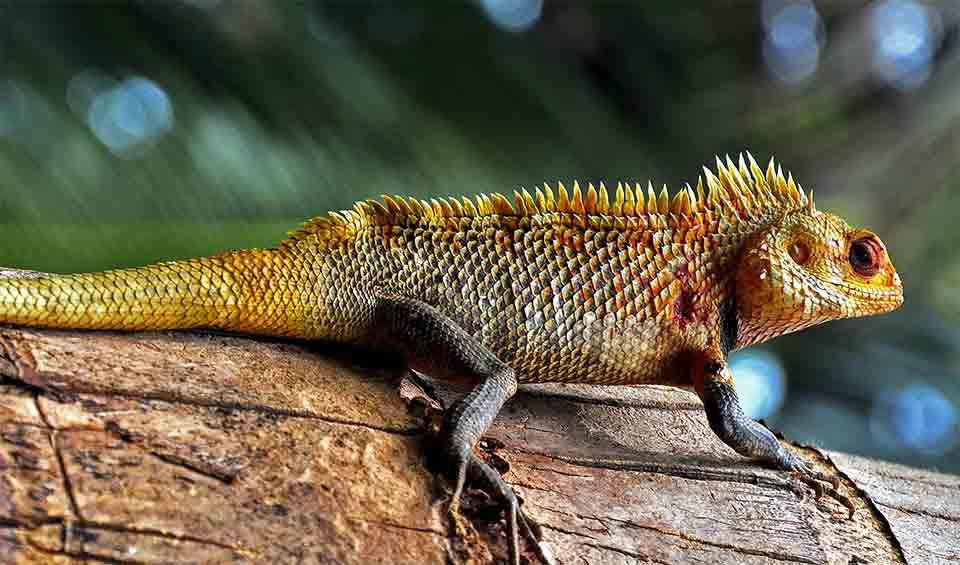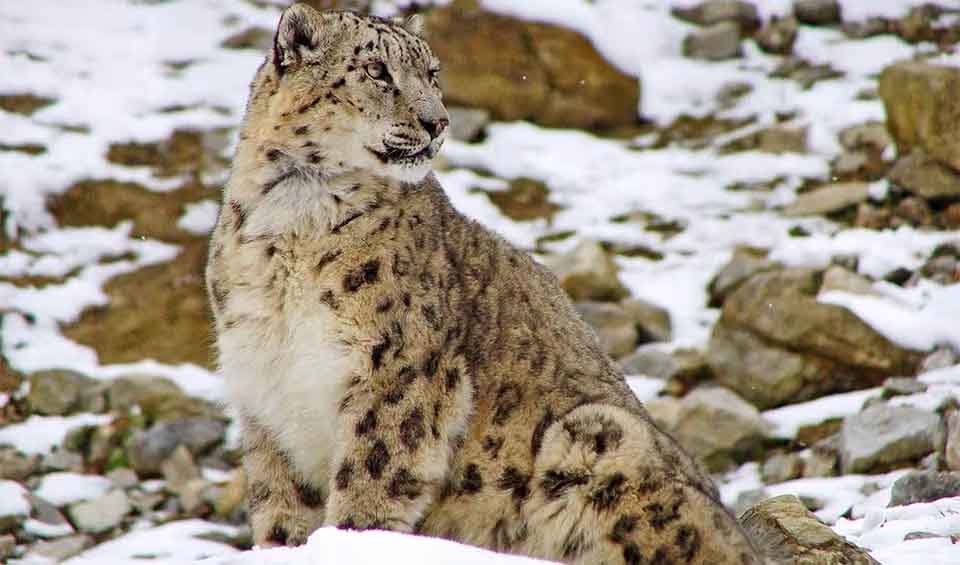Afghanistan’s biodiversity is a testament to the resilience of nature amidst the country’s challenging history. Despite its arid and mountainous terrain, Afghanistan boasts a surprising variety of ecosystems. The northern regions are home to lush vegetation, particularly in areas influenced by monsoon climates, where towering conifers and luxuriant forests can be found at elevations above 10,000 feet (3,048 meters).
The diverse landscapes range from the sparse vegetation of the southern deserts to the dense forests of the Hindu Kush, hosting species such as the rare snow leopard, the long-horned markhor, and the majestic Marco Polo sheep. Afghanistan’s geographical area, over 652,000 km² (251,739 mi²), is a mosaic of habitats supporting a rich array of flora and fauna, including over 6,000 plant species and a myriad of animal life adapted to its unique environment
Four pillars elaborated:
According to the World Database of Protected Areas (UNEP-WCMC 2006), Afghanistan has 15 protected areas. Among these, seven received formal recognition from the government in the 1970s and are acknowledged by the International Union for Conservation of Nature (IUCN). This recognition includes one Category II national park and six Category IV wildlife or waterfowl reserves. However, despite this historical acknowledgment, none of these areas are officially recognized by the current government, as they were never formally gazetted. As a result, none have defined boundaries or are managed as protected areas. This lack of official recognition and management presents challenges for conservation efforts and the protection of biodiversity within these areas. Land Management
Land Management
Biodiversity loss in Afghanistan stems from a complex web of environmental and socio-economic factors. Decades of conflict have disrupted traditional resource management systems, leading to environmental degradation, while poverty and rapid population growth intensify pressure on natural resources for survival. Outdated agricultural practices contribute to habitat destruction and soil degradation, compounded by the effects of climate change, such as increased flooding and droughts. Land use changes for agriculture and development, combined with overexploitation of species, further threaten wildlife. Additionally, invasive species, diseases, and pollution pose significant risks to local ecosystems and biodiversity. Threats to Biodiversity
Threats to Biodiversity
The Government of Afghanistan has embarked on significant efforts to safeguard the nation’s biodiversity and preserve its distinctive landscapes, notably through the introduction of Afghanistan’s inaugural National Biodiversity Strategy and Action Plan (NBSAP). This comprehensive plan delineates strategies to mitigate biodiversity degradation and safeguard ecosystem benefits. Key initiatives outlined in the NBSAP include monitoring Afghanistan’s flora and fauna, expanding protected areas for ecosystem preservation, and enhancing public understanding of biodiversity. Capacity and Governance
Capacity and Governance
Additionally, the government aims to clarify the boundaries and legal status of protected areas, with a focus on encouraging adherence to the Ramsar Convention to protect wetlands and vital waterbird habitats. Collaborating with various organizations, the government is assessing ecosystem status and fostering sustainable conservation practices. Continuous support and monitoring efforts are imperative to ensure the sustainable preservation of Afghanistan’s biodiversity, crucial given the impact of years of conflict, drought, and urban expansion on the nation’s ecological resources, which are essential for sustainable development.
Protected areas initiatives hold significant governmental importance, marked as a top priority. The establishment of a regulatory and legislative framework for these areas has been completed. Efforts are currently directed towards the establishment and efficient management of at least three protected areas. Future Trends
Future Trends
Biodiversity
Afghanistan boasts a diverse array of flora and fauna, reflecting its varied landscapes and climates. The country’s plant life includes numerous species unique to its terrain, with significant concentrations in families like legumes, daisies, and mints. A notable portion of Afghanistan’s flowering plants are endemic, found nowhere else on Earth.The fauna, influenced by its geographical position, exhibits a mix of northern plains and southern desert and steppe species, alongside elements of Indian fauna in the south and east. Aquatic habitats, especially in the Pamirs and Hindu Kush regions, host diverse fish species like trout. Rare bird species such as the nightingale and golden sparrow add to the country’s biodiversity.
In the table below are the number of known species in several main groups, how many of these species are Threatened with extinction, and how many of them are Endemic (unique to Afghanistan only):
| Species (World rank) |
Threatened | % Threatened | Endemic | % Endemic | |
|---|---|---|---|---|---|
| Mammals | 135 (#86) | 11 | 8.1% | 1 | 0.7% |
| Birds | 393 (#86) | 15 | 3.8% | 1 | 0.3% |
| Reptiles | 117 (#82) | 1 | 0.9% | 5 | 4.3% |
| Amphibians | 12 (#133) | 1 | 8.3% | 1 | 8.3% |
| Fishes | 125 (#176) | 15 | 12.0% | ||
| Plants | 4,375 (#77) | 5 | 0.1% | 90 | 2.1% |
mammals
Asian black bear
In Vietnam, these bears are caught, crammed into tiny cages, have their teeth removed to extract bile – sold as “medicine”
Markhor
The largest of all goats and Pakistan’s national animal
Leopard
Disappearing graceful shadows, this tree-climber is on the way to extinction
birds
Cinereous vulture
Largest soaring vulture in the sky with extremely broad wings that assists an important role in nature as “clean-up” team
White-tailed eagle
Extinct and reintroduced – What’s the story behind these so-called ‘flying barn doors’?
Common blackbird
Arguably among the most beautiful songbirds in the world — they enjoy singing after a rain shower
reptiles
Indian flapshell turtle
They get their name from flaps of skin that cover their limbs as they retract into the shell
Oriental garden lizard
A lizard with vibrant hues – a living canvas of green, brown, and sometimes even blue
Schokari sand racer
With lightning-fast speed and a keen sense of smell, this predator easily captures prey in the desert
National Animals
Snow leopard
The vanishing big cat of the cold, rugged Himalaya mountains is being executed by the humans
Golden eagle
This majestic brown raptor is most widely distributed eagle species















